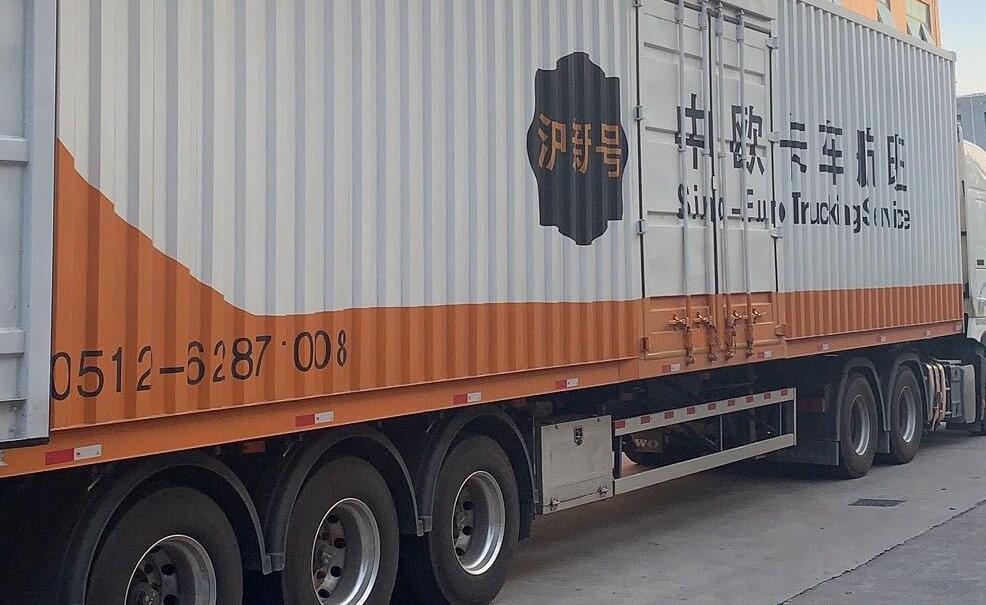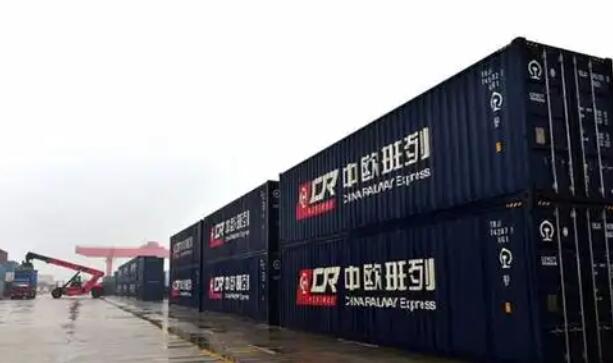Интегратор ресурсов глобальной логистической цепочки поставок
Интегратор ресурсов глобальной логистической цепочки поставок
The owner's bill of lading is the Master b/l issued by the Shipping Company. It may be issued to the direct consignor (the consignor does not issue the bill of lading at this time) or to the forwarder (at this time, the consignor's bill of lading is issued to the direct consignor) . Freight forwarders bill of lading (House B/l, also known as sub-bill of lading, abbreviated as h bill of lading) , strictly speaking, should be called Non-vessel carrier (first class freight forwarder, China has since 2002 the relevant qualification certification, freight forwarder in the Ministry of Transport to be designated in the bank to pay a deposit to be approved) Bill of lading, is approved by the Ministry of Transport and recorded by the freight forwarder to obtain NVOCC (Non-vessel operating common) qualification of the bill of lading, is generally issued to the direct owner; sometimes there is a counterpart copy of the bill of lading, when the bill of lading is issued to the counterpart, who will issue its own bill of lading to its direct owner. Now exports are generally more HOUSE , especially to Europe and the United States.
For the exporter, both kinds of bills of lading can be used as documents for negotiation and the bank will accept them. The difference between the two. The SHIPPER and CONSIGNEE fields on the bill of lading are different. Shipper of forwarder bill of lading is the actual exporter (the direct CONSIGNEE) , CONSIGNEE generally in accordance with the provisions of the letter of credit TO fill out the consignment note with the same column, usually TO order; and M in the issue TO the actual exporter, SHIPPER SHIPPER TO fill out the exporter, consignee is filled out in accordance with the contents of the consignment note; when issued to the forwarder, SHIPPER is filled in as forwarder and CONSIGNEE is filled in as the forwarder's agent at the port of destination. 2. Different procedures for exchange of documents at the port of destination. As long as the holder of the bill of lading holds m single, he can exchange the bill of lading directly at the Shipping Agency of the port of destination. The procedure is simple and fast, and the cost is relatively fixed and cheap, can Get the bill of lading and customs pick-up procedures, and exchange costs more expensive and not fixed, all by the port of Destination Freight forwarder decision. 3. M Bill of lading is the most basic and real document of title. The shipping company will deliver the goods to the named consignee in M bill of lading at the port of destination. If the exporter gets an h note, the actual control of the shipment is in the hands of the forwarder (at this time the consignee of m note is the forwarder's agent at the port of destination) , and if the forwarder goes bankrupt, the exporter (importer) can not pick up the goods from the shipping company on the basis of H. 4. For the whole case cargo, can be out of m single and can be out of h single, lcl cargo can only out of h single, because the shipping company will not help the owner Lcl, to the port of destination will not help the owner distribution. 5. The b/l number of the general forwarder's bill of lading does not enter the customs manifest management system and is different from the bill of lading number on the import declaration; And the Liaison Company is not a foreign agent or foreign transportation port shipping agency. H List has the following benefits. For FOB terms, freight to pay business, usually freight forwarders need to the consignee of the main bill to its agent at the port of destination, and then freight forwarders sub-bill to the customer, the port of destination agent will collect freight from the consignee in the future. On the one hand, the Shipping Company has certain restrictions on freight to pay, in addition, the shipping company's price and the price difference between the price quoted to customers, if only the main order, is not very easy to deal with. The agent, on the other hand, can deal with this problem quite a bit. 2. For DDU, DDP business, the shipping company will only be responsible for the delivery of goods to the port of destination, if the consignor requires freight forwarders to do a one-stop service, then freight forwarders will need to issue a sub-bill, the main bill to their agents at the port of destination, the agent is responsible for the customs clearance, delivery and even the tax payment of the port of destination. This is the current popular door-to-door service, freight forwarders from the shipper's door to the door delivery to the consignee. 3. For the triangular trade business, the domestic freight forwarders will ask the shipping company to issue a master order for the whole journey to themselves, then issue a set OF sub-orders with the shipper as the supplier and the consignee as the middleman, that is, the consignor of the bill of lading is an intermediary, the consignee is the actual port of destination of the bill of lading consignee. 4. When several customers'small goods are put together to form a container to the same destination port, the forwarder will adopt the practice of giving CONSIGN, the consignee of the Master Bill, to the agent of the destination port, and then give several sub-bills to each customer, subbill number 001A, 001B, 001C... In the future, the agent at the port of destination will take the container out and the customer will pick up his part of the cargo at the port of destination with the help of the sub-manifest. 5. Under L/C terms of payment (the L/C also stipulates that the bill of lading is acceptable) , if the exporter can not produce the goods within the stipulated delivery time and can not ship the goods on time, he may request the forwarder to issue HB/L and reverse sign the bill of lading, the forwarder will, of course, require a letter of guarantee.
Processes for MBL and HBL 1. Shipper passes the shipping documents to FORWARDER, indicating whether they are to be shipped in full or in a single container. 2. FORWARDER to the shipping company booking, ship ON BOARD. Shipping Company issues MBL to FORWARDER. Shipper of MBL is FORWARDER of the port of embarkation and CNEE is the branch or agent of FORWARDER at the port of destination. 3. FOWARDER signs HBL to SHIPPER. HBL's SHIPPER is the real SHIPPER. CNEE usually makes a letter of credit TO ORDER. 4. The CARRIER delivered the goods to the port of destination after the ship left. 5. FORWARDER will send MBL via Dhl/ups/tnt to the destination branch. Including: Custom Clearance DOCS)6. After receiving the bill of lading, SHIPPER shall present the documents to the domestic negotiating bank for settlement of foreign exchange within the period of presentation. If do t/t SHPPER direct send documents to foreign guests. Kill. The negotiating bank settled the full set of documents with the issuing bank. 8. Payment Order from CONSIGNEE to issuing bank. 9. FORWARDER AT DESTINATION PORT TAKES MBL TO SHIP Company to exchange the bill of lading for customs clearance. 10. Consignee takes the HBL to FORWARDER. Freight bill of lading and owner's bill of lading, freight bill of lading and owner's bill of lading surface distinction: from the head can be identified as CARRIER or FOWARDER's bill of lading. Big Shipping companies like Eisu, PONL, Zim, YML, and so on. The main differences between owner's bill of lading and forwarder's bill of lading are as follows: 1. If there is no special provision in the credit, freight FORWARDER's b/l (HB/L) FORWARDER bill of lading is not acceptable. 2. Cargo Bill of lading and owner's bill of lading are made out to order and signed. The issuer and signature of the owner's bill of lading, ISBP and UCP600 are specifically signed by the carrier, the captain or their named agent in the name of the Shipping Company, which is readily apparent to large shipping companies such as Eisu, PONL, Zimu, YMLU, etc. . Freight Bill of lading is issued only in the name of freight forwarder, do not have to show the name of the carrier, do not have to show that it is the carrier, the captain's agent. Finally, there is a general forwarder bill of lading, that is, the general forwarder bill of lading, AS long AS they have agents at the port of destination, or can borrow agents, can sign this bill of lading, this bill of lading in practice is not very strict specifications, AS CARRIER or AS a s AGNET seal are not standard, some forwarders, backdated, advance can be all possible, data fraud may be easily deceived is also this type of bill of lading, no evidence available.









Услуги китайско-русской компании Sasha Logistics Group по международным грузоперевозкам и таможенному оформлению импорта предоставляют вам обновленную информацию о перспективах международной логистики, чтобы вы знали о новостях международной торговли и экспедирования грузов.

2024-01-17

2024-12-26